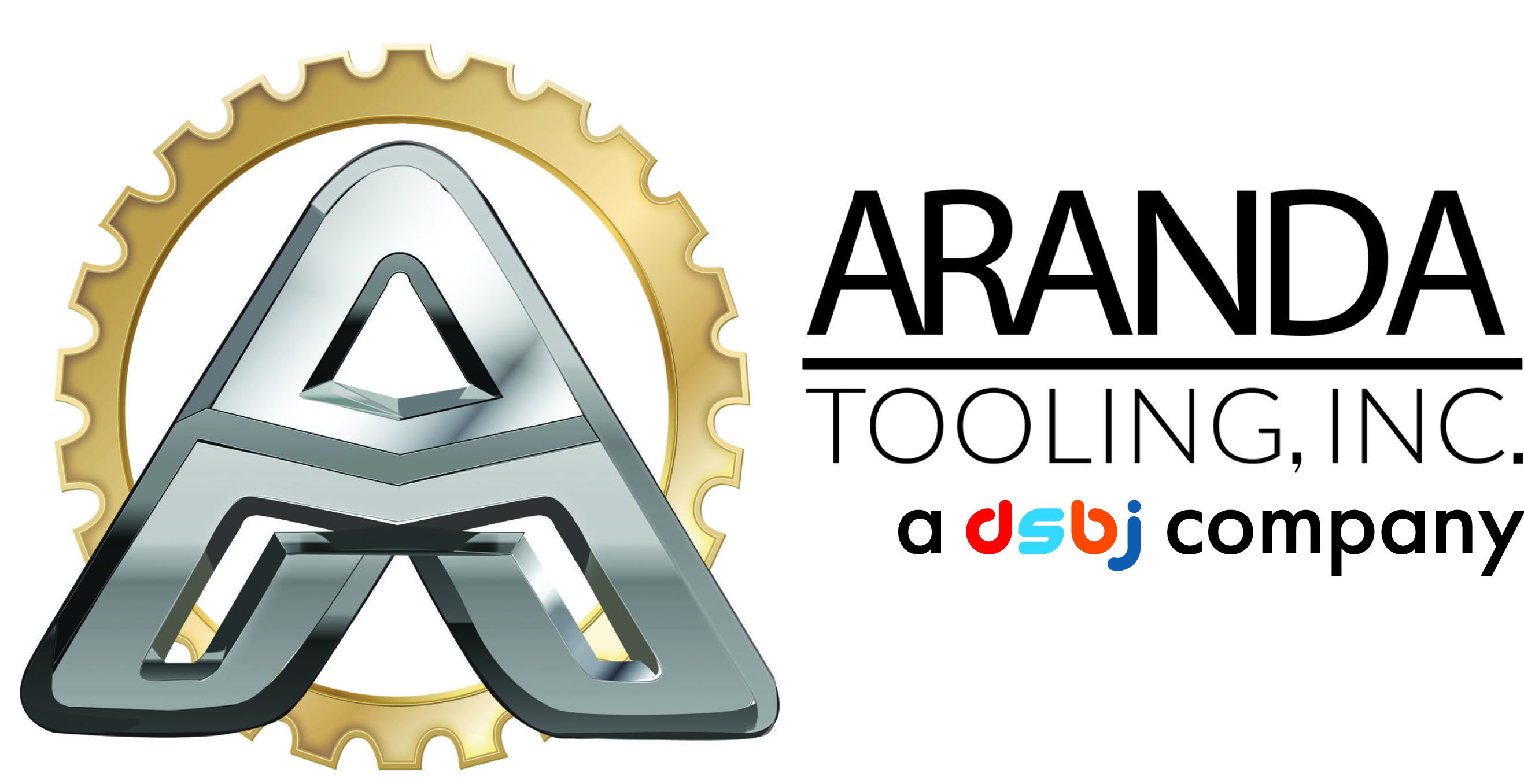What Is Metal Fabrication & What Is the Scope of the Industry?
Comments Off on What Is Metal Fabrication & What Is the Scope of the Industry?Metal fabrication is the process of making metal materials into various end products. The process can include bending, cutting, and assembling raw metal stock to form parts for electric appliances, chassis, automotive components, and more.
These wide-ranging applications mean that metal fabrication is a broad-reaching, steadily growing industry. Learn more about specific metal fabrication processes, the scope of the metal fabrication industry, and trends in this field.
How Is Metal Fabrication Performed?
Metal fabrication involves processing sheet metals into specific shapes and sizes to form an end product. Common metal fabrication processes include the following techniques:
- Cutting: Cutting is usually the first step in the sheet metal fabrication process and involves cutting sheet metals into smaller pieces using equipment such as lasers, saws, water jets, and plasma for precise cuts.
- Machining: Machining is a manufacturing process that removes materials from a stock workpiece to create an end product. Most fabrication companies prefer computer numerical control (CNC) over manual machining technologies since CNC machining offers faster processing and more precise output.
- Welding: Welding is the process of joining two or more metal pieces using pressure and heat.
- Punching: This process uses a die and a punch to create holes in specific locations of a metal workpiece.
- Drilling: Like punching, drilling also creates precise holes in metal workpieces, but it does so using a drill bit.
- Forging: Forging is a common metal fabrication process that involves forcefully compressing metal into a specific shape.
- Stamping: Stamping uses one or more punch presses to fabricate metal into various shapes and sizes.
- Drawing: Drawing is the process of using force to pull metal into a tapered die.
- Forming: Forming is any process that reshapes a metal workpiece using mechanical deformation rather than cutting away or adding material to the metal.
- Turning: In metal turning, a lathe rotates and moves a workpiece against a stationary cutting tool, which removes material.
Metal Fabrication Industry – Market Analysis and Size
A recent study of the metal fabrication industry suggests it is expected to rise from $20 billion in 2021 to nearly $29.5 billion by 2029. This increase is due to increased demand for metal products in various industries and new technologies—like additive manufacturing—that require mass metal fabricated products. Key industries driving the growth of metal fabrication include:
- Consumer goods
- Aerospace
- Automotive
- Construction
Industry Outlook and Opportunities
The metal fabrication industry has a positive outlook and promising growth potential. Below are some of the key opportunities and trends to watch out for in the industry.
Need for Greater Efficiency
Because critical industries around the world are increasingly demanding high volumes of metal fabricated parts, there will be a need for greater efficiency. Using advanced equipment and software will help fabricators reduce labor costs and optimize production efficiency.
Automated Fabrication
Due to the need for higher efficiency, automated fabrication processes are expected to drive the growth of this industry. Robotics and other automated technologies like IoT devices will help companies minimize human error and free up employees for more specialized tasks.
Demand for Metal Machining
As the industry demands higher volumes and levels of precision from fabricated parts, there is an increased demand for companies like Aranda Tooling who specialize in multiple fabrication processes.
Need for Digital Pre-Programmed Production Techniques
Computer-aided design (CAD) and computer-aided manufacturing (CAM) programs are among the most crucial systems on any metal fabrication tools list. There is an increasing need for these systems as they facilitate the efficient design and manufacturing of precise metal products and components.
The Future of Metal Fabrication
Analysis of the growth of metal fabrication indicates there will also be significant growth in these industries:
- Aerospace: The aerospace industry will continue to propel the growth of the metal fabrication industry, as more metal aircraft and spacecraft components are needed for future projects.
- Construction: As commercial and residential construction projects continue to grow around the world, metal fabrication will be crucial to producing the necessary metal structures and other components.
- Energy: Energy industries require fabricated metal components to aid in energy distribution and production.
- Defense: The defense industry will drive the growth of the metal fabrication industry through increased demand for metal products in defense applications.
- Automotive: Automotive manufacturing will continue being a key driver of metal fabrication, as automobiles require a variety of fabricated metal parts.
Metal Fabrication and Engineering From Aranda Tooling
The metal fabrication industry will continue to grow and impact other industries in the coming years. At Aranda Tooling, Inc., we provide high-quality metal fabrication and engineering to a variety of critical industries around the world. Our team of approximately 300 skilled professionals produces more than a million parts per week. As an ISO 9001:2015 certified manufacturer, Aranda Tooling ensures every customer receives the highest quality products and customer service.
Contact us today to get started on your metal fabrication project.





 Request For
Request For